A more sustainable way to boost your preservative potential
With Geogard Boost PGC, Arxada aims to solve the world’s toughest preservation challenges while ensuring a more sustainable tomorrow. This naturally derived, sustainable and multifunctional ingredient is proven to boost preservation potential and the active performance of your product.

The demand for alternative preservation technologies is greater than ever. With the increased scrutiny of traditional preservatives and a shrinking pallet of safer preservation options, formulators are looking for innovations that are mild and more sustainable.
Arxada’s mission is to provide customers with these preservation solutions while offering technical expertise on optimising mild and more sustainable preservatives in their formulations.
Geogard® Boost PGC (INCI: Propylene glycol caprylate, CAS:31565-12-5) is a natural, multifunctional personal care ingredient, which boosts the antimicrobial performance of a wide range of preservation ingredients while bringing additional functional benefits to a formulation. This and other personal care preservatives produced by Arxada are available in South Africa from Savannah Fine Chemicals.
A multifunctional focus
Removing traditional preservatives still requires the addition of actives and multifunctional ingredients (MFIs) to preserve a formulation adequately. MFIs with preservation boosting or inherent efficacy have become increasingly popular alternatives to more traditional preservatives like those on regulated lists such as Annex V.1,2
Initial generations of MFIs are typically derived from petrochemical feedstocks such as Caprylyl Glycol and Ethylhexylglycerin. As the world moves away from relying on non-renewable resources, the need to develop more sustainable ingredients is clear.
Geogard® Boost PGC is a naturally derived glycol ester with co-emulsifier, humectant, and antimicrobial potentiation performance.3,4 It is created from Propylene Glycol (soybean) and Caprylic Acid (palm oil, RSPO mass-balanced) ingredients that are naturally derived and it is readily biodegradable to support a circular economy.
How does it work?
Geogard® Boost PGC interacts with microorganism membranes aiding the transition of preservatives with intracellular efficacy (organic acids) inside the microorganism and assisting preservatives that target cell membranes (aromatic alcohols).
It demonstrates preservative potentiation in cosmetic formulations containing Phenoxyethanol, Sodium Benzoate (Benzoic Acid), Potassium Sorbate (Sorbic Acid), and Benzyl Alcohol (see table 1).
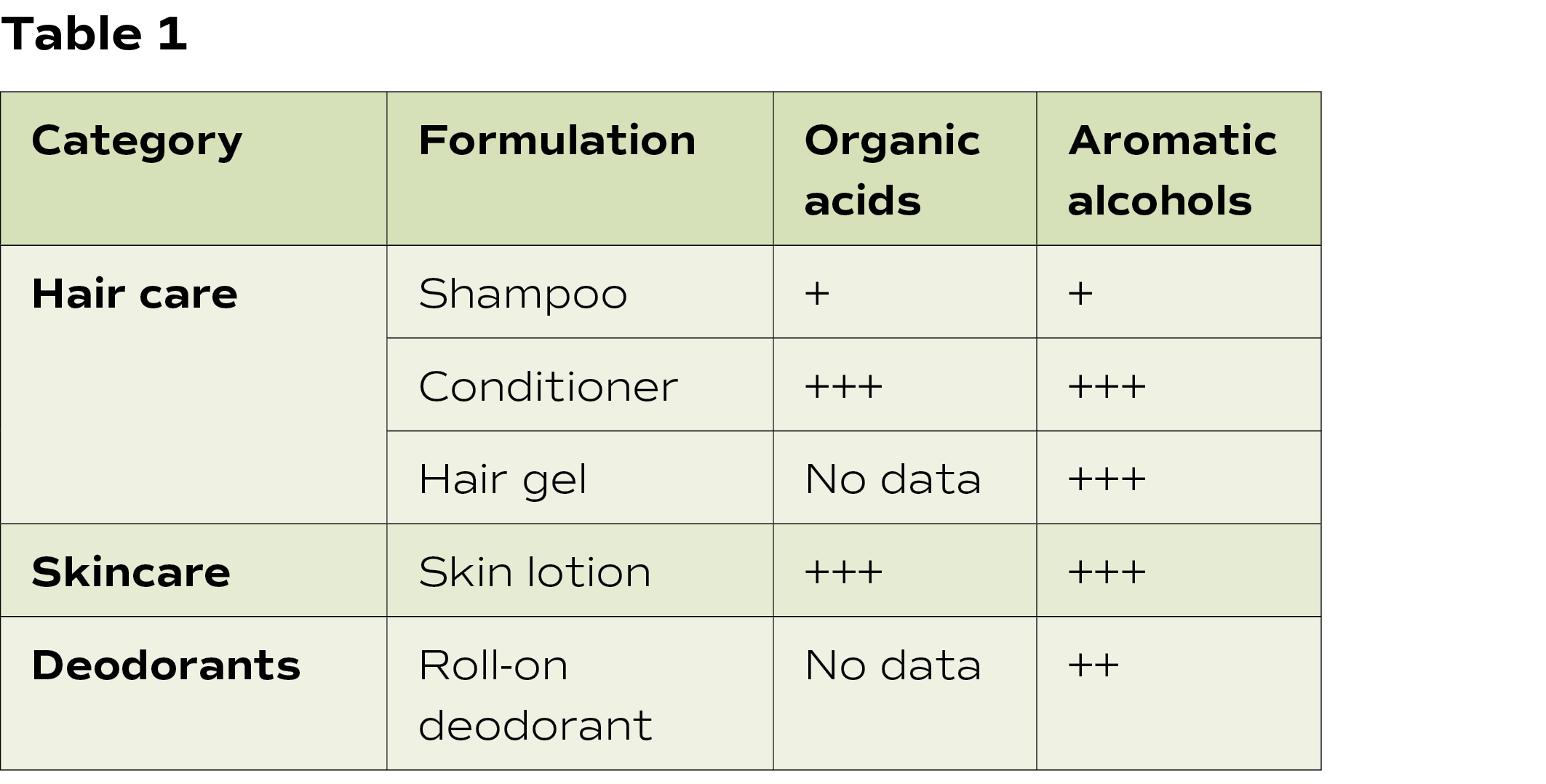


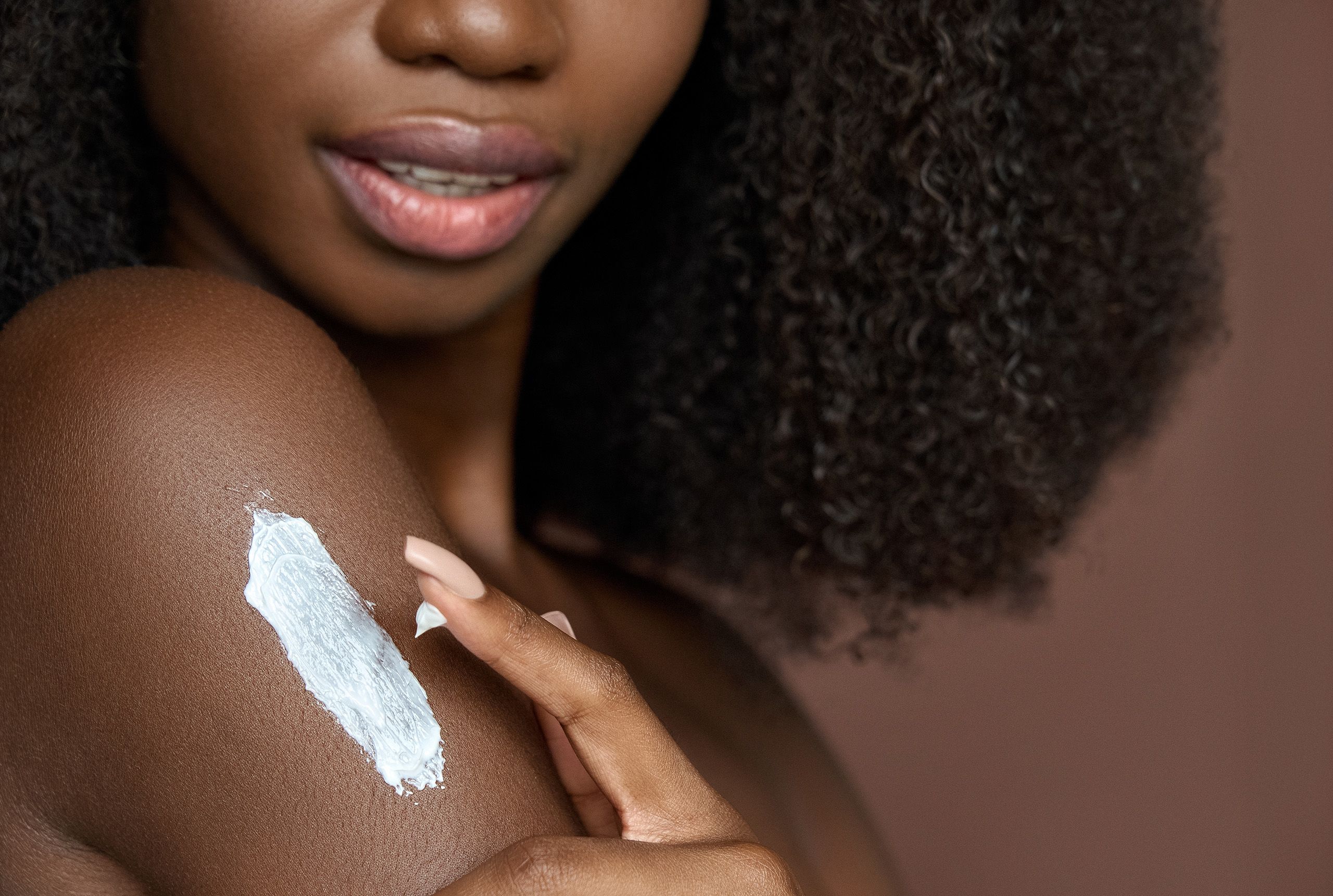
Skin mildness
The skin is a unique organ, which differs from person to person due to our genetics. This means we can react differently to the products we put on our skin, giving rise to sensitisation and allergies in some individuals.
Arxada tested Geogard® Boost PGC to prove its suitability for all skin types. It was tested at 1.0% in a 48-hour human cumulative patch test study on a panel of normal and sensitive skin individuals (N=32), with the following results:
- No palpable reactions observed.
- Well tolerated, comparable to water control.
The results show that no skin reaction was observed on individuals with normal or sensitive skin types. In this study, Propylene Glycol Caprylate performed comparably to water when applied to the skin. Geogard® Boost PGC is suitable for all skin types and does not cause skin irritation associated with Propylene Glycol.

Increased skin hydration
Glycerine has been used for decades in personal care – it is the go-to molecule for skin hydration claims.
Arxada carried out a skin hydration study to quantitively assess the ability of test samples to hydrate the skin across various timepoints. In this study (see figure 1), Arxada demonstrated the skin hydration potential of Glycerine when used in conjunction with 1% Geogard® Boost PGC.
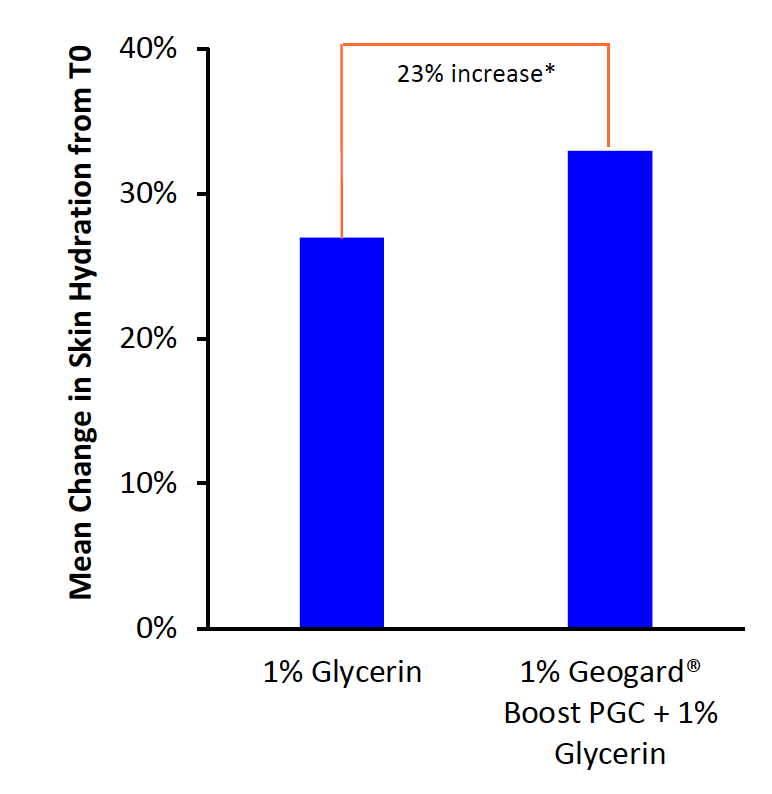
Figure 1: 1% Geogard® Boost PGC – skin hydration data. % change in skin hydration data measured at 15 minutes compared to T0 baseline measurement. Skin measurements
Figure 1: 1% Geogard® Boost PGC – skin hydration data. % change in skin hydration data measured at 15 minutes compared to T0 baseline measurement. Skin measurements
In a second study, the skin hydration effect of 1% Geogard® Boost PGC in a basic emulsion was compared to several benchmark chemistries over a four-hour period. The results in figure 2 show that, after four hours, skin treated with 1% Geogard® Boost PGC experienced improved skin hydration compared to 1% Ethylhexylglycerin and 1% Caprylyl Glycol.
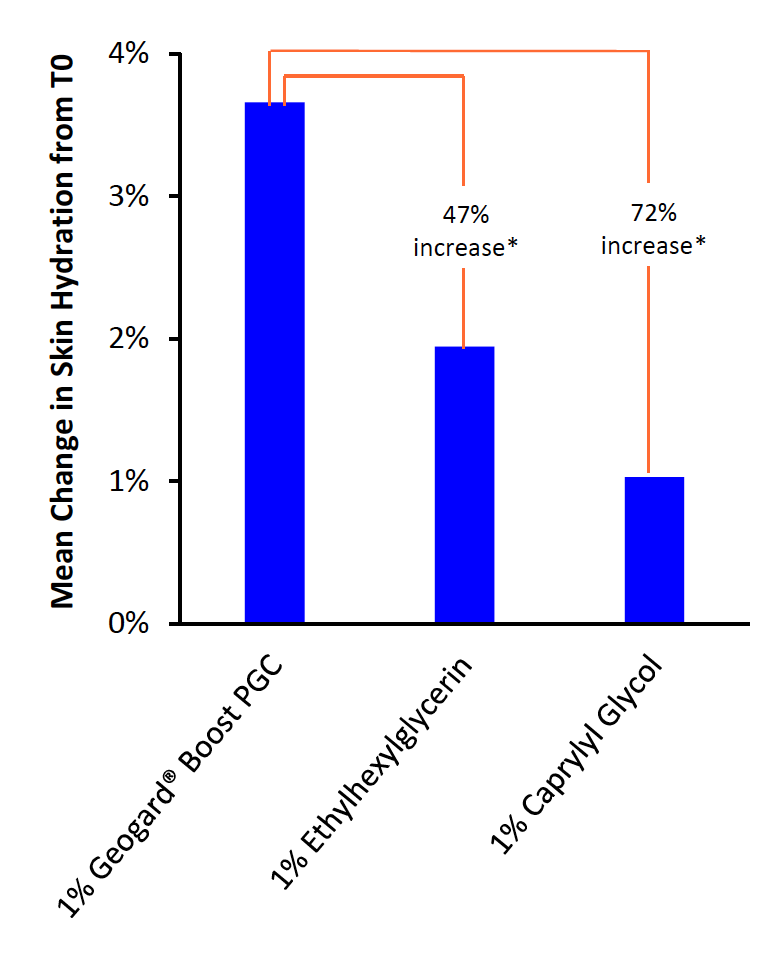
Figure 2: 1% Geogard® Boost PGC – skin hydration data. % Change in skin hydration data measured at four hours compared to T0 baseline measurement. Skin measurements carried out using a Corneometer, N=7. * Percentage increase offered by Geogard® Boost PGC relative to indicated sample results.
Figure 2: 1% Geogard® Boost PGC – skin hydration data. % Change in skin hydration data measured at four hours compared to T0 baseline measurement. Skin measurements carried out using a Corneometer, N=7. * Percentage increase offered by Geogard® Boost PGC relative to indicated sample results.
Enhanced skin feel
To gain an understanding of the sensory feel of Geogard® Boost PGC on skin, Arxada carried out a sensory panel test focusing on skin feel. Participants rated their agreement on a scale of 1 (strongly disagree) to 9 (strongly agree) for an attribute like skin tackiness. The skin feel of 1% Geogard® Boost PGC in combination with 1% glycerin was compared to that of 1% glycerin alone in a basic emulsion. The results in figure 3 show that Geogard® Boost PGC enhances the skin feel properties of glycerin in terms of a non-sticky feel on skin.
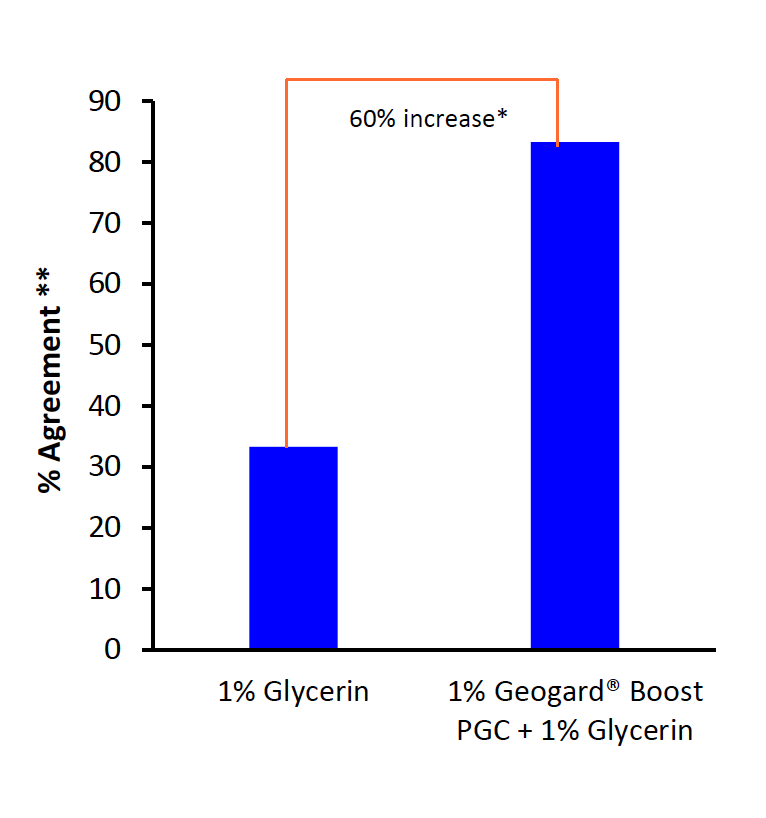
Figure 3: 1% Geogard® Boost PGC – sensory panel study data, N=6 * Percentage increase offered by Geogard® Boost PGC relative to indicated sample results. ** % Agreement based on number of responses rating moderately agree or higher to the attribute of ‘non-sticky.
Figure 3: 1% Geogard® Boost PGC – sensory panel study data, N=6 * Percentage increase offered by Geogard® Boost PGC relative to indicated sample results. ** % Agreement based on number of responses rating moderately agree or higher to the attribute of ‘non-sticky.
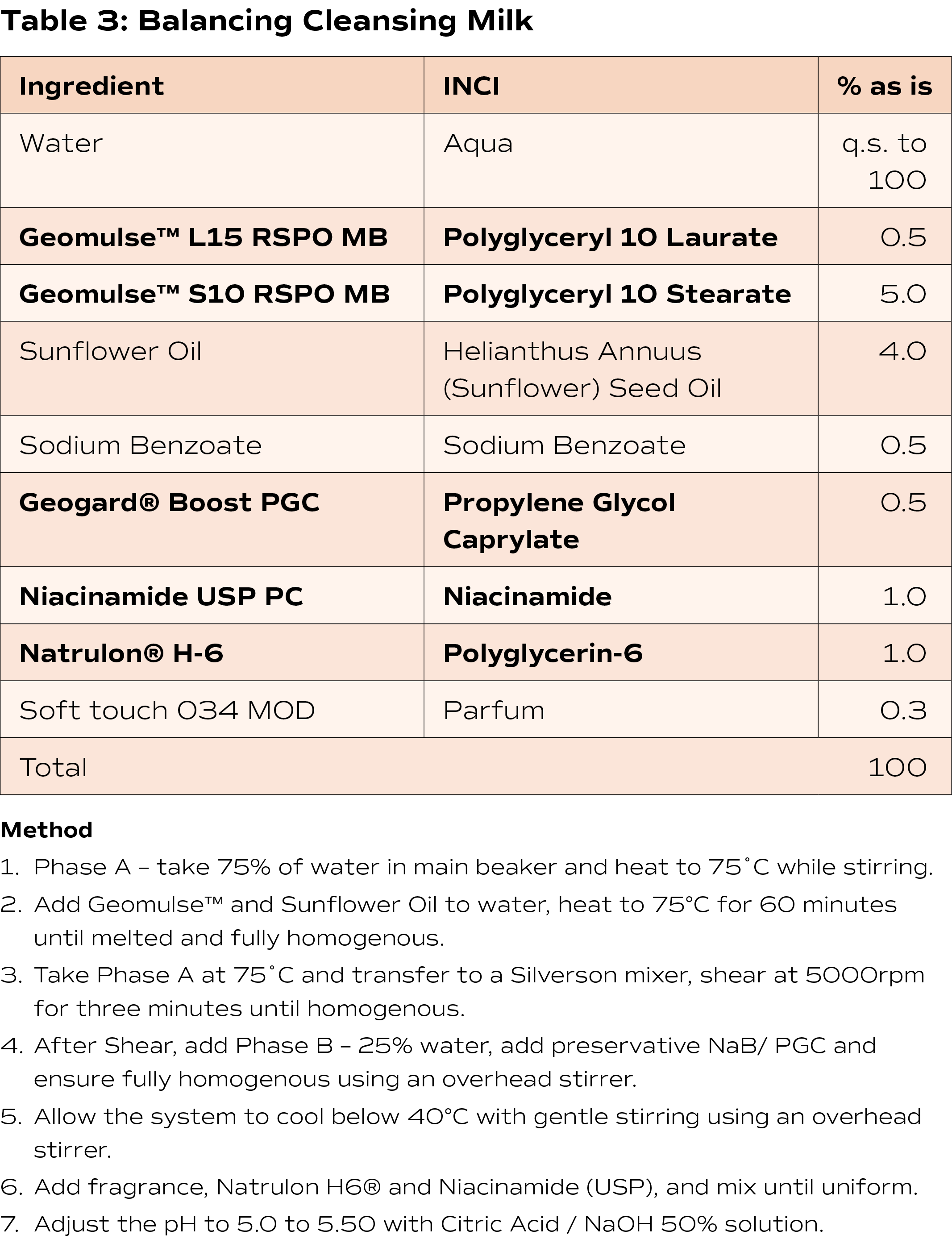
Skin microbiome friendly
Staphylococcus epidermidis plays an important role in the maintenance of healthy skin and is considered a good bacteria. When tested at 0.5%, Geogard® Boost PGC maintains the survival of S. epidermidis over four hours, whereas equivalent levels of Ethylhexylglycerin and Caprylyl Glycol kill off S. epidermidis (see figure 4).
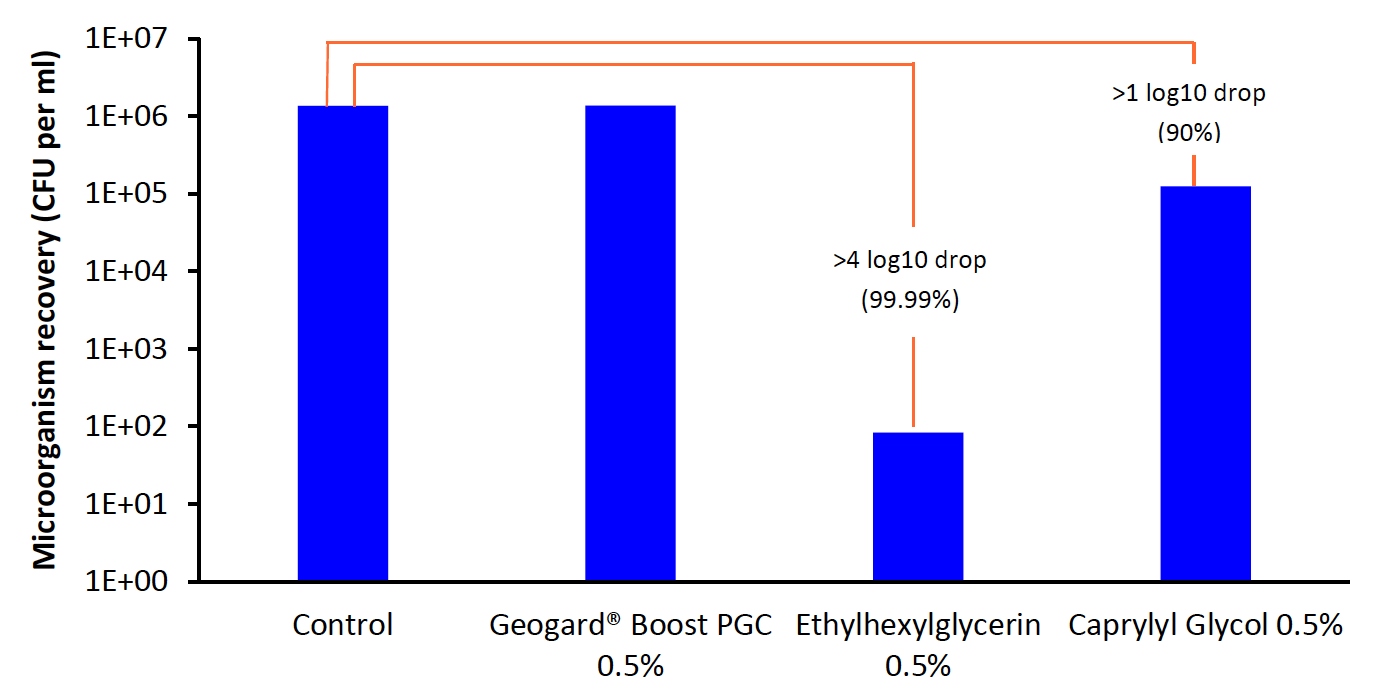
Figure 4: 0.5% Geogard® Boost PGC – skin microbiome data. Graph showing microorganism recovery after four hours.
Figure 4: 0.5% Geogard® Boost PGC – skin microbiome data. Graph showing microorganism recovery after four hours.
Over a four-hour period, Geogard® Boost PGC effectively maintained the balance between beneficial and harmful bacteria. In comparison to the control sample, Caprylyl Glycol reduced the levels of S. epidermidisfrom 10^6 CFU/mℓ to 10^5 CFU/mℓ and S. aureus from 3 x 10^6 CFU/mℓ to 4 x 10^5 CFU/mℓ.
The reduction in S. epidermidis was more pronounced than that of S. aureus, leading to a shift in the bacterial ratio toward harmful bacteria. Similarly, Ethylhexylglycerin decreased the counts of both S. aureusand S. epidermidis to 10^2 and 10^1 CFU/mℓ, respectively, compared to the control samples. The substantial decrease in recovered bacterial cells precluded the calculation of a ratio. See figure 5.
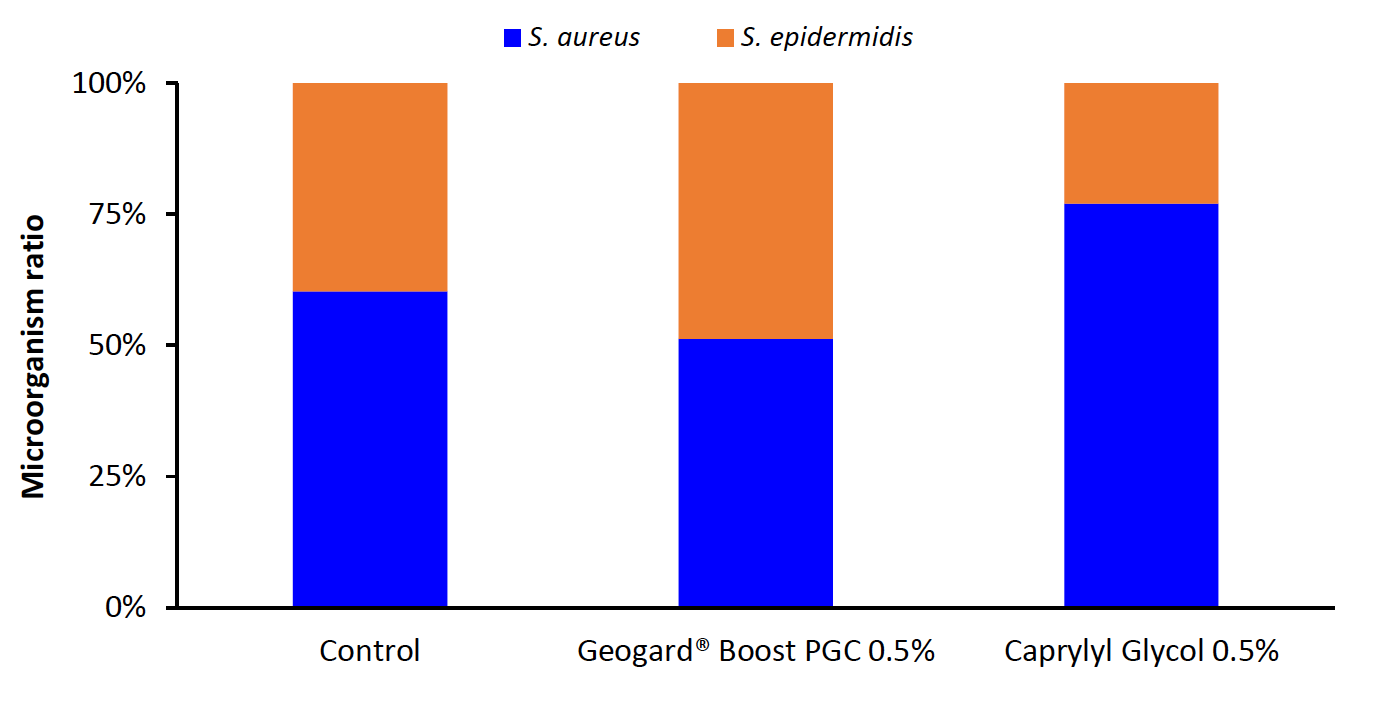
Figure 5: 0.5% Geogard® Boost PGC – skin microbiome balance test. Graph showing S. epidermidis (good bacteria) versus S. aureus (bad bacteria) over four hours.
Figure 5: 0.5% Geogard® Boost PGC – skin microbiome balance test. Graph showing S. epidermidis (good bacteria) versus S. aureus (bad bacteria) over four hours.
Co-emulsification stability
Geogard® Boost PGC can complement your primary surfactant to enhance the stability of natural and essential oils in your formulation.
Emulsions containing 0.10% Sunflower Oil, 5% Polyaldo 10-1-CC (Polyglyceryl-10 Caprylate) and 1% of a multifunctional ingredient were used to assess formulation stability.
The results show that 1% Geogard® Boost PGC enhances stability and the formation of microemulsions at room temperature (25°C) and elevated temperature (50°C) after seven days. However, with the other multifunctional ingredients tested, emulsion breakdown was observed.
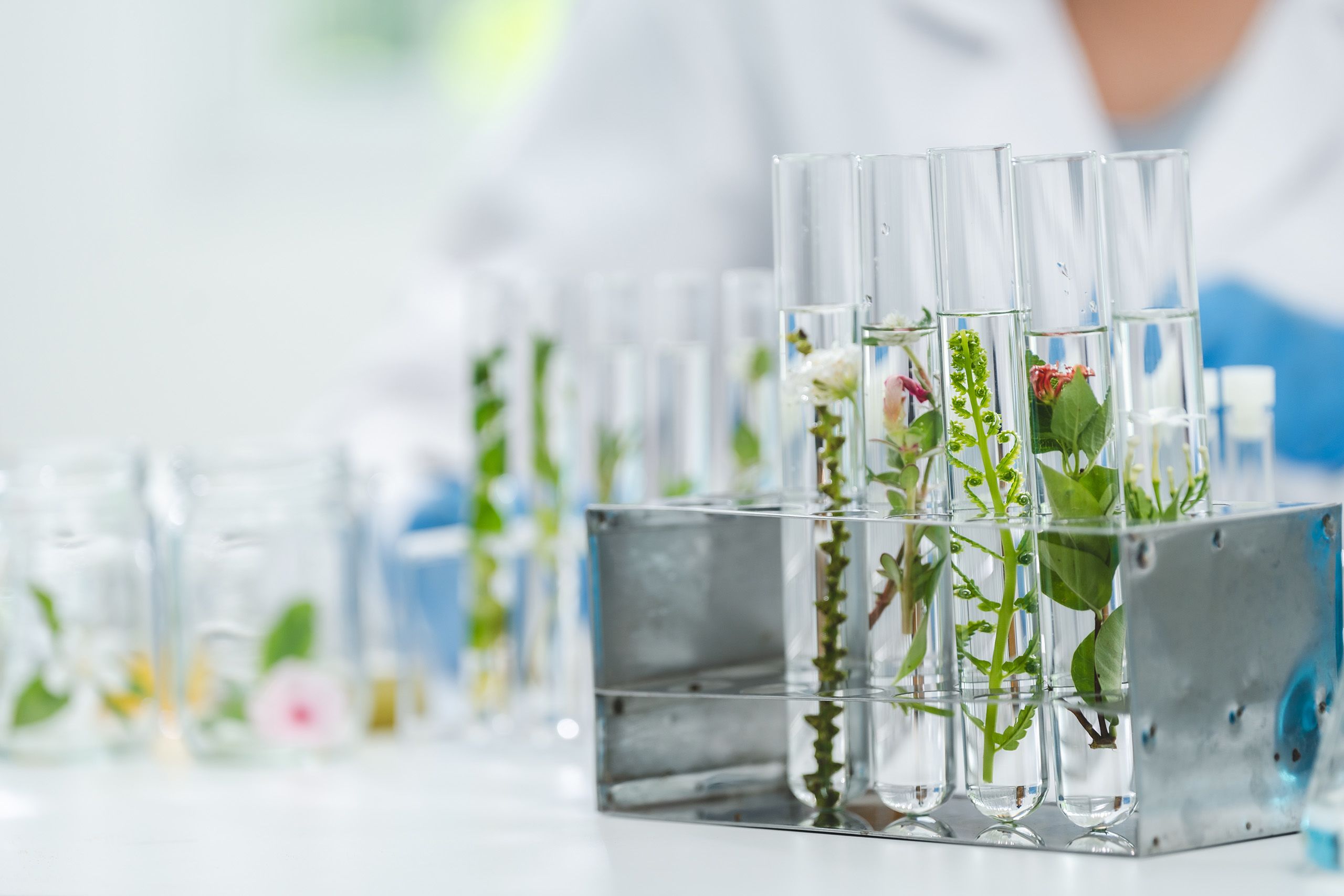
References:
- How ‘multitasking’ preservatives might help to make cosmetics safer | Environmental Working Group (ewg.org), accessed 07/06/2023
- COSING_Annex V_v2.pdf (europa.eu), accessed 17/07/2023
- European Comission ingredient propylene glycol caprylate, accessed 17/07/2023
- PCPC infobase propylene glycol caprylate, accessed 07/06/2023
- PCPC Microbiology Guidelines, 2021






